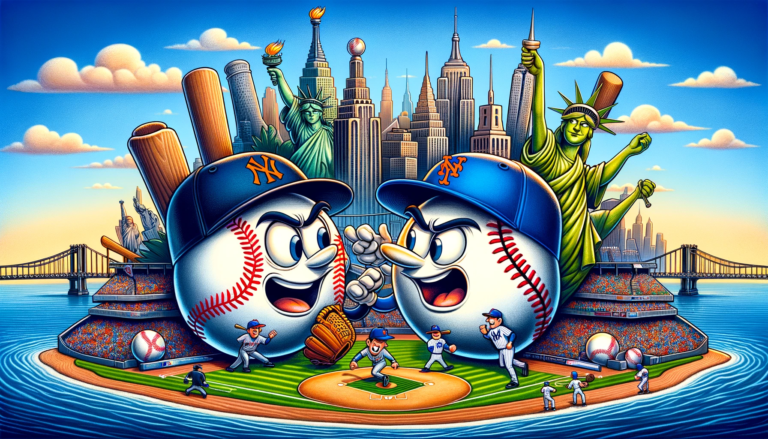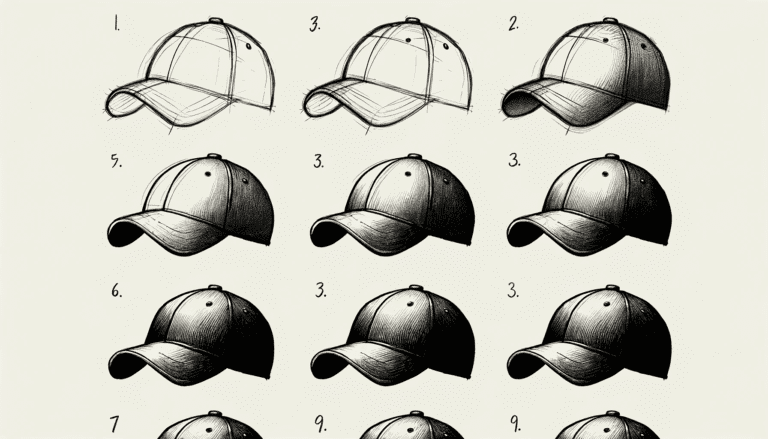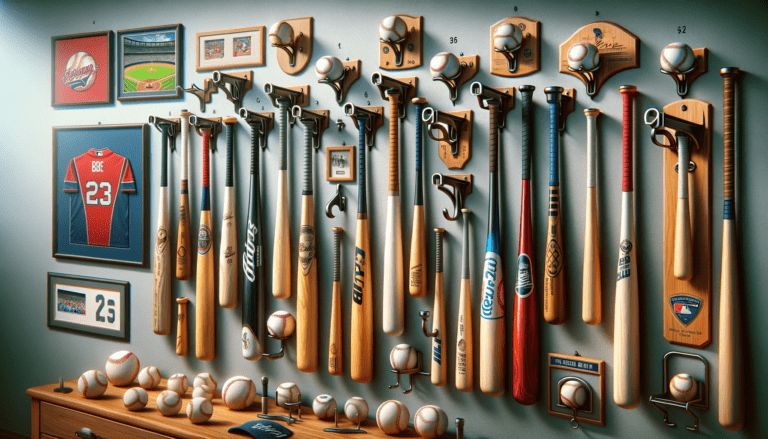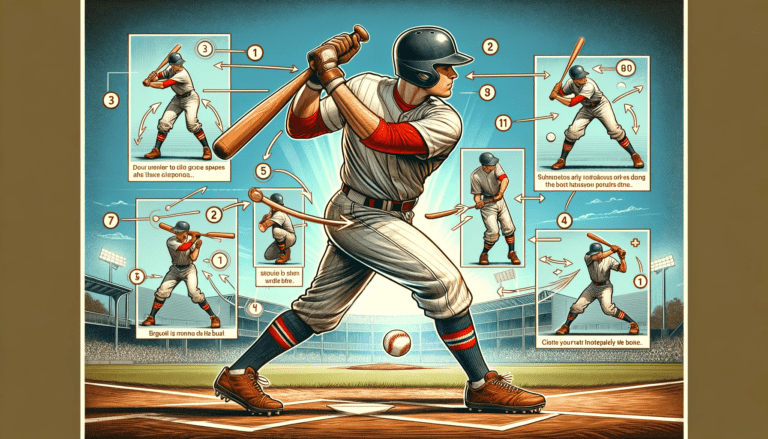Should You Wear Polarized Sunglasses for Baseball?
When playing baseball, eye protection and clear vision are key. Many players wonder if polarized sunglasses are the right choice for the game. The simple answer? Yes, you should consider wearing polarized sunglasses for baseball.
These sports glasses reduce glare, improve contrast, and protect your eyes from harmful UV rays, making tracking fast-moving balls easier under the bright sun. However, it’s not all perfect; there can be downsides, like potential difficulties in reading digital screens.
But when it comes to overall performance on the field, the benefits of wearing polarized lenses and sunglasses often outweigh the cons. Let’s explore why polarized sunglasses could be a game-changer for your baseball experience.
Key Takeaways
- Polarized sunglasses enhance visual clarity and contrast, essential for baseball players to track the ball effectively.
- While reducing glare, polarized lenses may affect depth perception and color recognition, which can influence split-second decisions on the field.
- These sunglasses offer significant health benefits by protecting the eyes from UV rays and reducing the risk of long-term eye damage.
- Practical challenges such as maintaining the sunglasses in place during dynamic movements and preventing fogging must be addressed for optimal performance.
- Despite the debate over materials, the trend among professional players suggests a growing preference for polarized lenses due to their protective and performance-enhancing properties.
Enhancing Performance with Polarized Lenses

Improved Visual Clarity and Contrast
Polarized sunglasses are a game-changer for athletes, especially in baseball where visual acuity is paramount. These specialized lenses offer a significant advantage by improving visibility and clarity on the field.
Here’s how:
- Enhanced contrast: By filtering out specific light waves, polarized lenses increase the contrast between objects and their backgrounds. This makes it easier for players to track the ball against the sky or the field.
- Reduced reflections: Glare from the sun can be a major distraction and impediment. Polarized lenses cut down on the harsh reflections off surfaces like helmets, windshields, and even the infield dirt.
- Sharper focus: The reduction of blinding glare allows players to maintain a sharper focus, which is crucial during high-speed plays.
Moreover, lens technologies like Oakley’s Prizm and ZEISS’s tinted lenses are tailored to enhance specific visual aspects, such as color saturation and depth perception, further aiding players in making split-second decisions.
Whether it’s a sunny day or an overcast afternoon, the right lens tint can provide the optimal visual comfort improved contrast, and clarity needed to perform at one’s best.
Reduction of Glare and Reflections
Polarized sunglasses are a game-changer for baseball players when it comes to managing glare harmful light and reflections.
By filtering out horizontally-vibrating light waves, these lenses significantly reduce the intensity of reflective glare. This is particularly beneficial in situations where sunlight reflects off reflective surfaces like water or the shiny finish of a baseball helmet.
- The reduction of glare helps in maintaining a clear view of the ball and the field.
- Players experience less distraction from reflections, which can be critical during high-stakes moments.
- Enhanced contrast allows for better differentiation between the ball, the field, and other players.
Moreover, the clarity provided by polarized lenses ensures that the true colors and contrasts of the playing field are preserved, aiding in quick decision-making and reaction times.
This can be especially important in baseball, where split-second judgments can make the difference between a win and a loss.
Impact on Depth Perception and Color Recognition
While polarized sunglasses are lauded for their ability to reduce glare, they also have a significant impact on an athlete’s depth perception and color recognition.
These visual factors are crucial in baseball, where split-second decisions and the ability to judge distances quickly can make the difference between a win and a loss.
- Depth perception is enhanced with certain lens tints, which can define and increase the perception of the environment’s features. For instance, lenses with a brown tint are known to improve contrast and depth perception, making them suitable for dynamic outdoor sports.
- Color recognition is another aspect that can be affected by polarized lenses. Specific tints, such as rose or orange, filter out blue light, leading to a ‘sharper’ focus and a more vivid visual experience. This can be particularly beneficial in overcast conditions or when the eyes are fatigued.
However, it’s important to note that not all polarized lenses are created equal. The choice of polarized lens, color, and technology should be tailored to the specific conditions and needs of the player.
For example, Oakley’s Prizm technology is designed to enhance color and contrast, which may offer an advantage on the field.
Read Also: Best Sunglasses to Wear with a Baseball Cap
Health and Safety Considerations
Protection from Harmful UV Rays
When it comes to safeguarding our eyes from the sun’s harmful rays, not all sunglasses are created equal.
It’s crucial to select eyewear that is specifically labeled or marked CE UV400, as this rating guarantees the blocking of over 99% of ultraviolet radiation (UVR), including both UVA and UVB rays.
The effectiveness of UV protection is not inherently linked to the polarization of the lenses; thus, even clear lenses can offer complete protection if they meet the UV400 standard.
Here are some key points to remember about UV protection in sunglasses:
- Look for the CE UV400 label to ensure comprehensive UVR blocking.
- UV protection is independent of lens color or polarization.
- Children’s eyes are particularly vulnerable to UV damage, making proper eyewear essential.
Wearing sunglasses that meet these standards is a simple yet effective precaution against long-term eye health issues such as age-related macular degeneration and cataracts.
Whether you’re at the beach, where white sands can nearly double UV exposure, or engaging in high-altitude sports, choosing the right sunglasses is a critical step in eye safety.
Preventing Eye Strain and Fatigue
The intense focus required in baseball can lead to eye strain and fatigue, particularly during games that span several hours under bright, direct sunlight throughout.
Polarized sunglasses serve as a critical tool in combating these issues by filtering out excessive light and reducing the need to squint. This not only helps in maintaining visual comfort but also in preserving the player’s stamina for a game.
Key benefits of wearing polarized sunglasses include:
- Enhanced visual comfort by reducing the harshness of bright light.
- Decreased likelihood of headaches resulting from prolonged eye strain.
- Improved overall focus and performance by minimizing visual distractions.
Moreover, the anti-fatigue qualities of polarized lenses can prevent discomfort and pain associated with squinting throughout the day, as highlighted by VS Eyewear.
This is particularly beneficial for players who spend long periods in the field, ensuring that their vision remains sharp and their eyes are protected from the various eye fatigue, that can compromise their performance.
Long-term Eye Health Benefits
The adoption of polarized sunglasses in sports extends beyond immediate performance benefits, offering significant long-term advantages for eye health.
Regular use of sunglasses with UV protection can be a critical factor in preventing serious conditions such as age-related macular degeneration (AMD) and cataracts, which are major causes of vision impairment and blindness as we age.
Key points to consider include:
- The importance of starting UV eye protection early, ideally from childhood, as UV damage is cumulative and irreversible.
- The role of sunglasses in protecting not just the eyes but also the delicate skin around them, reducing the risk of skin cancers on the eyelids.
Moreover, consistent use of quality sunglasses can lead to an overall improvement in visual comfort and may even enhance one’s appearance by adding symmetry to the face. While the primary goal is to safeguard ocular health, the aesthetic benefits are a pleasant bonus.
Read Also: Can You Wear Sunglasses with a Baseball Hat
Practicality on the Baseball Field
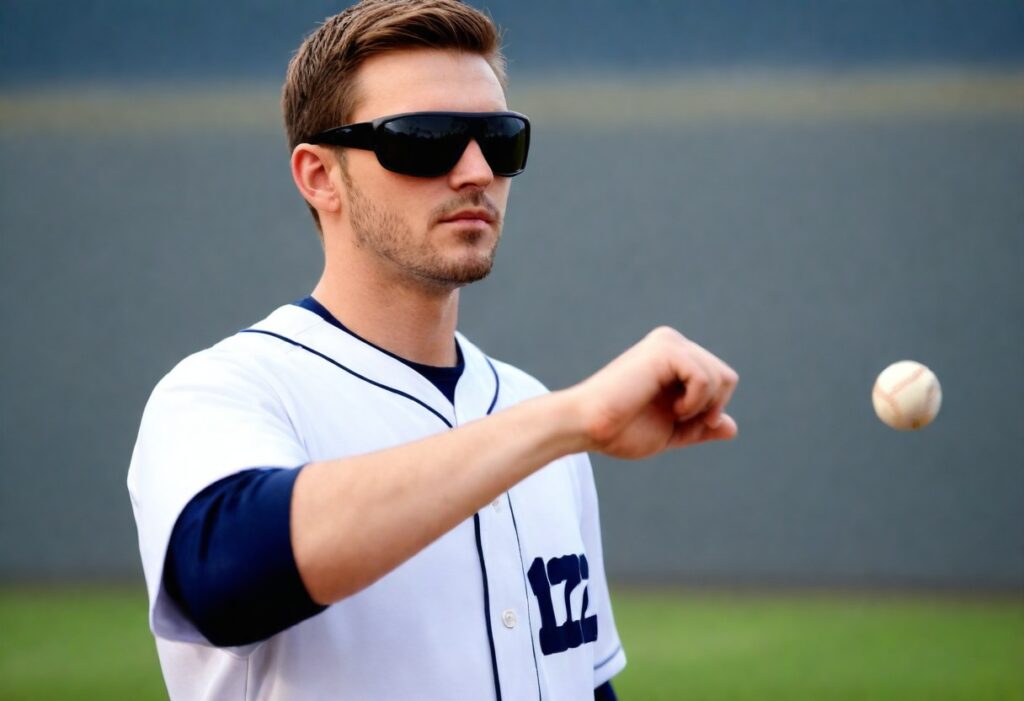
Staying in Place During Movement
For baseball players, the ability to maintain a clear line of sight while on the move is crucial. Sunglasses must stay in place during vigorous activities, such as running the bases or tracking a fly ball. To ensure this, players often turn to specialized eyewear accessories.
- Macaron Sunglasses Retainer Strap is a popular choice, designed to secure glasses comfortably around the neck, chest, or head.
- The use of such retainers prevents the inconvenience and potential hazard of glasses slipping or falling off during play.
Selecting the right retainer is as important as choosing the sunglasses themselves. Players need to opt for a retainer that is both comfortable and effective in keeping their eyewear firmly in place, regardless of their movements on the field.
Dealing with Fogging Issues
Fogging of sunglasses on the baseball field can be a significant nuisance, often occurring when there’s a stark temperature difference between the lenses of polarized glasses and the surrounding air. This condensation effect can impair a player’s vision at critical moments.
To combat this, players can take several steps:
- Use anti-fog products, such as proprietary anti-fog towelettes, which are compatible with various lens types and coatings.
- Apply anti-fog solutions that have been tested and awarded for their effectiveness, ensuring safety during play.
- Consider sunglasses with built-in anti-fog coatings, specially designed for sports where clear vision is safety-critical.
It’s important to note that wrap-around sunglasses may be more prone to fogging due to the warm air from the face getting trapped behind the lenses.
Therefore, selecting the right type of eyewear and using anti-fogging techniques is essential for maintaining clear and sharp vision all throughout the game.
Durability and Maintenance of Sunglasses
Maintaining the durability of polarized sunglasses is crucial for baseball players who rely on their eyewear to perform at their best.
Proper care and handling can significantly extend the life of your sunglasses and ensure they remain effective on the field. Here are some essential tips for keeping your sunglasses in top condition:
- Always rinse your sunglasses with fresh water after exposure to dirt or sweat to prevent buildup.
- Gently clean the lenses and frame with a microfibre cloth to avoid scratches.
- Avoid using abrasive cleaners, especially those containing citric acids or salts, as they can damage the lens coating.
- Consider using anti-fog products to maintain clear vision, particularly when wearing a mask.
Remember to regularly inspect your sunglasses for any signs of wear and tear. Promptly addressing issues like loose screws or misaligned frames can prevent further damage. Storing your sunglasses in a protective case when not in use will also shield them from potential harm.
Read Also: What Kind of Sunglasses Do Pro Baseball Players Wear
Conclusion
In the sport of baseball, every edge counts, and polarized sunglasses have proven to be a significant ally for players seeking clarity and protection on the field.
While they come with a myriad of benefits, including reduced glare, enhanced contrast, and protection from harmful UV rays, athletes must also weigh the potential drawbacks.
Issues such as color distortion and reduced visibility in certain lighting conditions can impact performance.
Ultimately, the decision to wear polarized sunglasses in baseball is a personal one, influenced by individual preference and the specific demands of the position played.
As with any sports equipment, the key lies in finding the right balance between comfort, functionality, and safety to ensure peak performance on the field.
Frequently Asked Questions
What are the main benefits of wearing polarized sunglasses for baseball?
Polarized sunglasses enhance visual clarity and contrast, reduce glare and reflections from surfaces like sunlight reflecting water and glass, and offer protection from harmful UV rays, aiding in long-term eye health.
How do polarized lenses impact an athlete’s performance on the field?
By reducing glare and improving visual comfort, polarized lenses can help athletes track the ball more easily and reduce eye strain, potentially improving reaction times and performance.
Can wearing polarized sunglasses improve depth perception and color recognition?
Yes, polarized sunglasses can enhance depth perception and color recognition by filtering scattered blue light and reducing glare from reflected light, which can be especially beneficial in sports like baseball.
Are there any disadvantages to wearing polarized sunglasses while playing baseball?
Some potential disadvantages include difficulty seeing certain digital displays, possible issues with depth perception for some wearers, and the need for proper fit to ensure they stay in place during vigorous movement.
What should I consider when choosing the material for my baseball sunglasses?
Consider lens materials that offer durability, UV protection, and impact resistance. Polycarbonate lenses are popular for sports eyewear, while advancements in lens technology may offer additional benefits.
How do professional baseball players view the use of polarized sunglasses?
Many professional players have adopted polarized sunglasses for their protective benefits and performance enhancement on the field. The trend non polarized sunglasses reflects a growing awareness of the importance of eye protection in sports.


